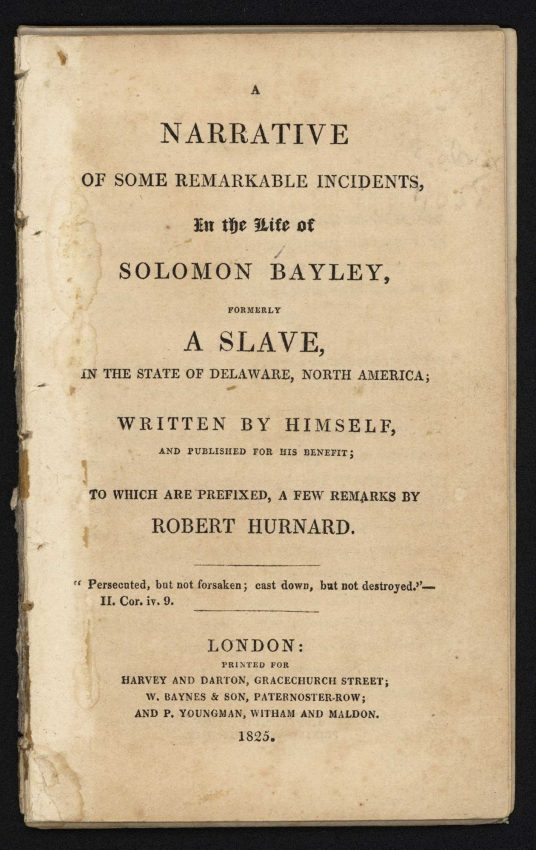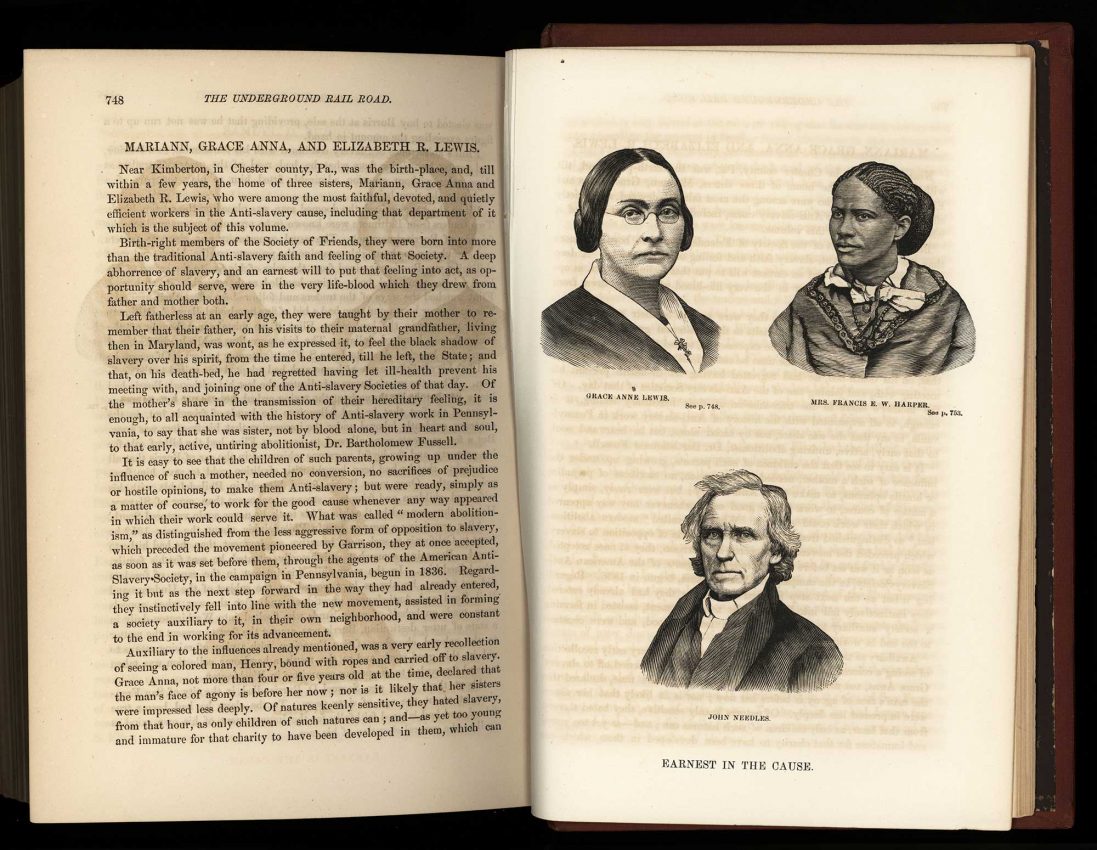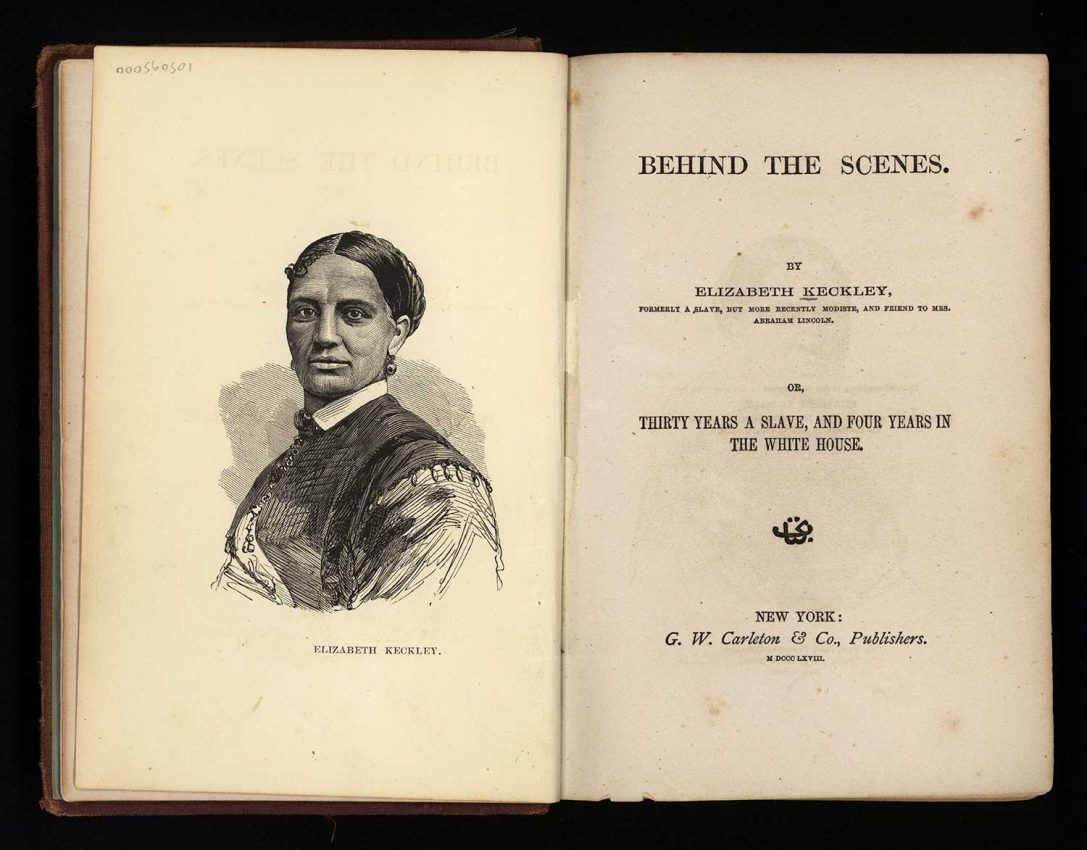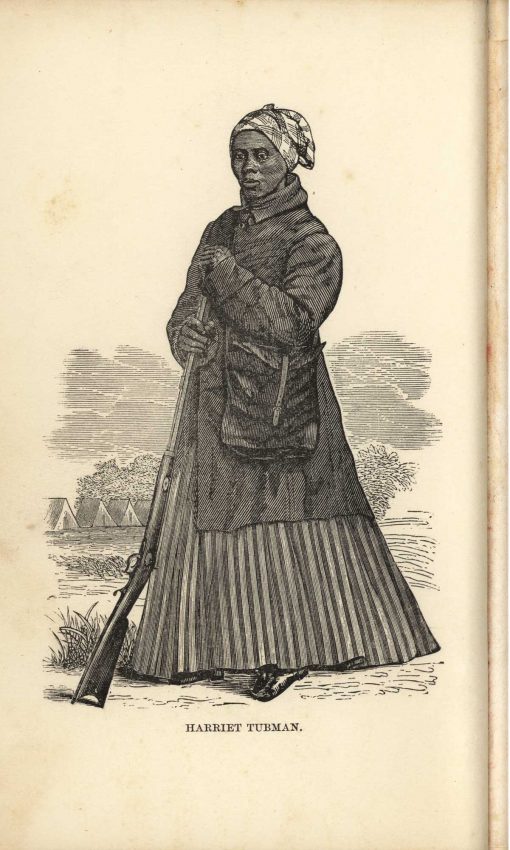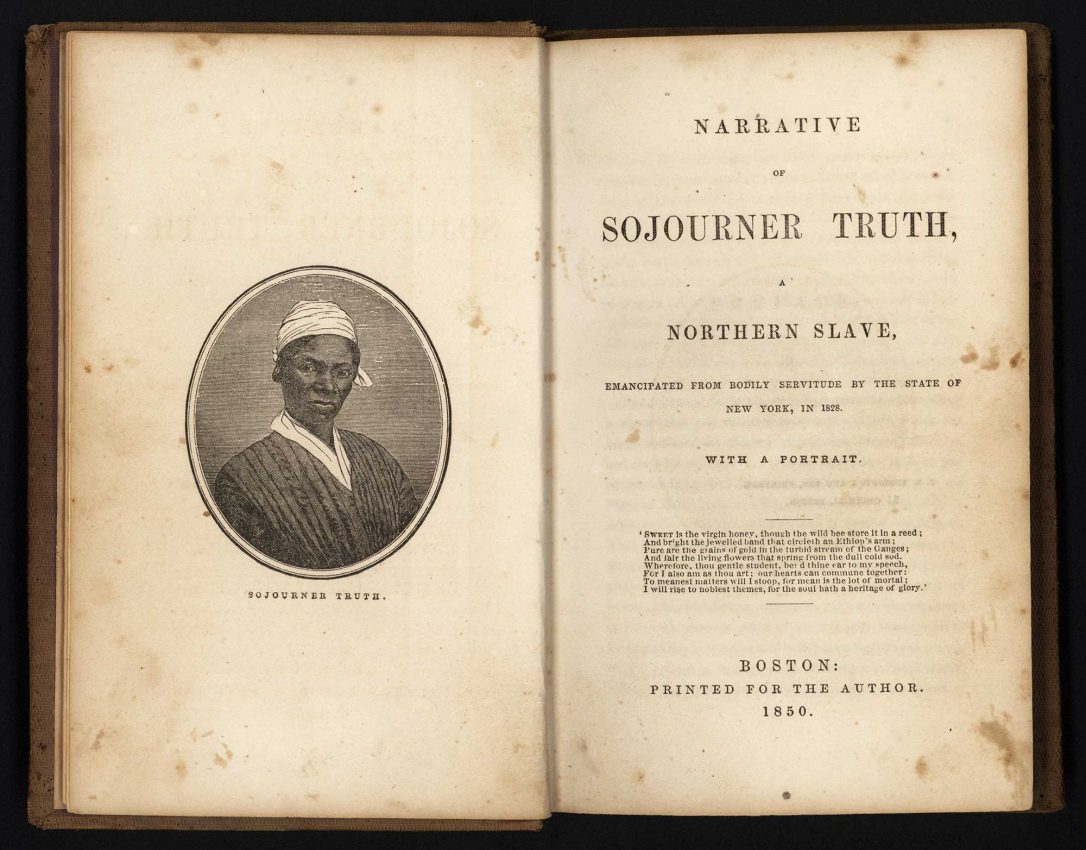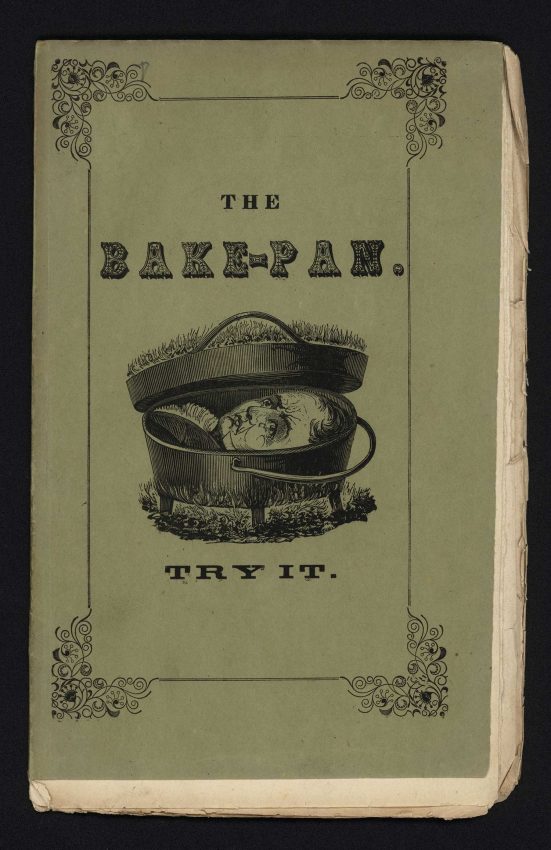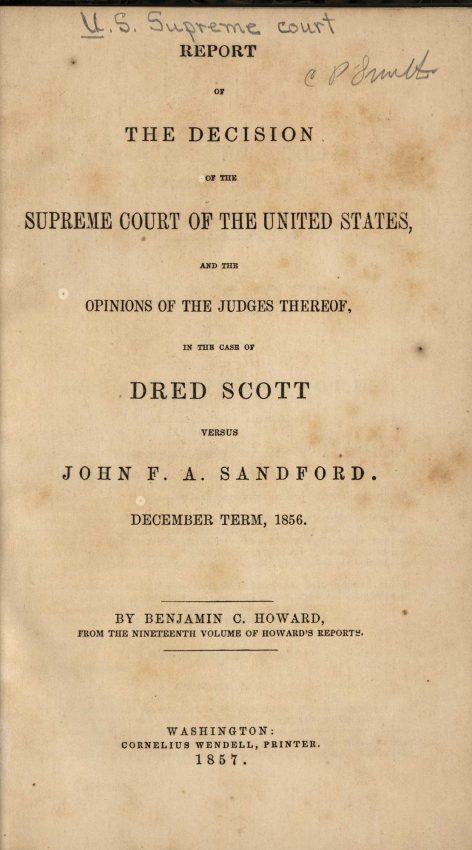Solomon Bayley, ca. 1771 - ca. 1839.
A Narrative of Some Remarkable Incidents in the Life of Solomon Bayley: Formerly a Slave in the State of Delaware, North America. London: Harvey and Darton, 1825.
Solomon Bayley was born into slavery in Delaware sometime during the early-1770s. As a young man he was taken to Virginia, but he escaped and returned to Delaware, where he was reunited with his wife. In 1799, while he was living in Camden, his owner recaptured him. Eventually Bayley was able to buy his freedom for $80, and he later bought freedom for his wife and son. He worked as a farmer after being freed from slavery, although he harbored a desire to enter the ministry. A Narrative of Some Remarkable Incidents in the Life of Solomon Bayley is a highly episodic work. His escape and recapture are covered in detail and his deep religious faith remains a constant throughout the memoir. In addition to the general outline of Bayley's life, his editor, Robert Hurnard, includes information about Bayley's wife, mother, and two daughters who died young.
William Still, 1821-1902.
The Underground Rail Road: a Record of Facts, Authentic Narratives, Letters, &c. ... Philadelphia: Porter & Coates, 1872.
William Still, an African-American author and businessman, was one of the most important figures in the abolitionist movement. His book on the Underground Railroad was an important addition to the literature of the antislavery movement. One of the small number of postwar accounts written or compiled by African-American authors, it provided a much-needed corrective to the memoirs of white abolitionists. Still recognized the many contributions of white abolitionists, but he also pictured the fugitives themselves as courageous individuals, struggling for their own freedom, rather than as helpless or passive passengers on a white Underground Railroad. His journals were the only day-to-day record of vigilance committee activity covering a prolonged period. In addition to the accounts of the fugitives, he included excerpts from newspapers. legal documents, letters from abolitionists and former slaves, and biographical sketches.
William Still, 1821-1902.
The Underground Rail Road: a Record of Facts, Authentic Narratives, Letters, &c. ... Philadelphia: Porter & Coates, 1872.
Elizabeth H. Keckley, 1818-1907.
Behind the Scenes, or, Thirty Years a Slave, and Four Years in the White House. New York: G. W. Carleton & Co., 1868.
Born a slave, Mrs. Keckley’s skills as a seamstress bought her freedom and she began a business in Washington, D.C. When the Lincolns came to the White House, Keckley was hired to make dresses for Mrs. Lincoln and they became confidantes. Her book, which was ghostwritten, gives an intimate portrait of the president’s family life and includes stories of the death of Willie Lincoln and Mrs. Lincoln’s profound grief.
Sarah H. Bradford.
Scenes in the Life of Harriet Tubman. Auburn [N.Y.] W.J. Moses, printer, 1869.
Born into slavery, Harriet Tubman (1820–1913) was an abolitionist who helped to free over seventy people through the Underground Railroad during the Civil War. She was known as “Moses of her people.”
Gilbert Olive.
Narrative of Sojourner Truth, a Northern Slave, Emancipated from Bodily Servitude by the State of New York, in 1828. Boston: Printed for the Author, 1850.
After fleeing from slavery, Truth traveled and preached for the abolitionist cause. She dictated her memoirs to friend Olive Gilbert, and in 1850 the journalist and reformer William Lloyd Garrison privately published her book.
Leonard Marsh.
A Bake-Pan for the Dough-Faces: Try It, by one of them. Burlington, Vt: C. Goodrich, 1854.
The Kansas–Nebraska Act of 1854 created the territories of Kansas and Nebraska, opening new lands for settlement, and had the effect of repealing the Missouri Compromise of 1820 by allowing white male settlers in those territories to determine through popular sovereignty whether they would allow slavery within each territory. Tensions between pro-slavery advocates and abolitionists increased and numerous newspaper articles and pamphlets were produced. In The Bake-Pan for the Dough-Faces, the anonymous author who was later identified as Leonard Marsh, chastises indifferent anti-slavery sympathizers for not taking a more pro-active role in the debate contrasting their pale-blood (which gives rise to ‘dough-faces) against the red-blooded passion of pro-slavery advocates.
United States. Supreme Court.
Report of the Decision of the Supreme Court of the United States, and the Opinions of the Judges thereof, in the Case of Dred Scott versus John F.A. Sandford: December term, 1856... Washington: C. Wendell, Printer, 1857.
Dred Scott v. Sandford was a landmark decision by the U.S. Supreme Court in which the Court held that African Americans, whether enslaved or free, could not be American citizens and therefore had no standing to sue in federal court. The decision also affirmed that the federal government had no power to regulate slavery in the federal territories acquired after the creation of the United States. Dred Scott, an enslaved African American man who had been taken by his owners to free states and territories, attempted to sue for his freedom. In a 7–2 decision written by Chief Justice Roger B. Taney, the Court denied Scott's request. The court’s decision also invalidated the unpopular Missouri Compromise of 1820 that had for nearly forty years placed geographic restrictions on slavery and for only the second time in its history the Supreme Court ruled an Act of Congress to be unconstitutional.

